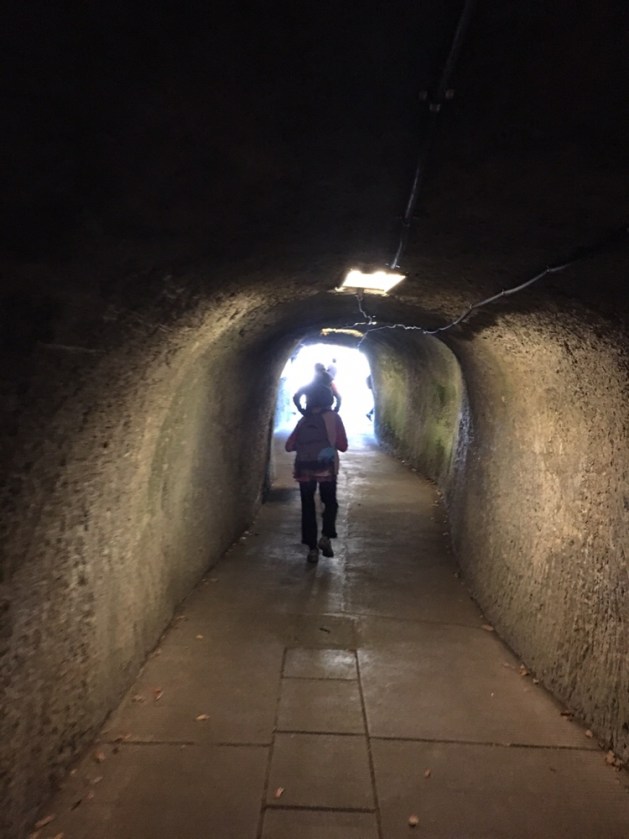I am not sure I could think of a better start to a Tuesday morning than with a happy pancake. Dina and I set off for breakfast in Kamakura followed by a urban hike to the Zeniarai Benten Shrine. We arrived at Happy Pancake slightly before it opened and there was already a line!


Fortunately, we were early enough to be seated and selected our pancakes. We both opted for the original “happy pancakes” for our first tasting.

We when visit when you are here, I will encourage you to try one of the specialty happy pancake selections. They include options like fresh fruit, chocolate sauce, cream cheese and even a scoop of ice cream. To wash down my happy pancakes, I ordered a caramel vanilla latte.

That is a scoop of honey butter on top!! These pancakes are nothing like American pancakes. They are NOT made with buttermilk. They are not heavy nor do they absorb the syrup. The texture is light and fluffy. More like a crepe that has been inflated. The syrup had a hint of caramel and they were topped with a scoop of honey butter.
They were absolutely delicious! I did not feel nearly as full as I anticipated. Don’t get me wrong, I wasn’t hungry for lunch. I just didn’t feel the lethargic pancake bloat one would expect when looking at these delicious monster-sized happy pancakes.


After we finished our meal, I had to take a picture of the check. Noticed it is placed on our table with a cute and tiny clothespin. Adorable.

We headed out on our urban hike. We had about a 25 minute walk to the Zeniarai Benten Shrine. Despite the December date, signs of fall are still around.

The Zeniarai Benten Shrine is commonly known as the “Money Washing Shrine.” The legend claims, money washed in the Shrine’s spring will double. Information from the temple provided the background for the legend. 1185 was the first year of the snake. (Think back to yesterday’s discussion about Chinese Zodiac. 1185 was the first year of the snake.) During this first year of the snake, on the day of the snake, in the month of the snake, Minamoto Yoritomo (founder of Kamakura government) had a dream in which the go Ugafukuji (one of the 7 lucky gods – God of fortune and happiness) delivered a message. Minamoto Yoritomo was told to go and find a spring in the northwest valley, worship the Shinto gods and peace would come to the people of Kamakura. He went, he discovered the spring and he built the shrine for Ugakukuji. It is believed, if you spend money that has been washed in the spring’s water, it will increase many times and come back to you.
To access the Shrine, you had to walk up a rather long hill and then through a small tunnel. It was lovely.

Inside the grounds of the Shrine, was a prayer wall, fortune wall and huge incense burner.



Walking further in, was the area for washing your money.

Dina snapped a few pictures as I washed my money from the spring.

And of course I took a few action shots of Dina. My favorite is her face when I said, “say, money!”

After we thoroughly soaked our money, we explored the rest of the temple. I observed more paper cranes. Since my visit to The White Lady of Ofuna, I have learned the meaning of the paper crane leis. Thanks to the help of a couple of my close friends and blog followers, Sara and Sue. During a conference call earlier this week they helped me piece together an understanding of their significance. The significance is based upon a story of a young Japanese girl, Sadako Sasaki (1943-1955). She was only two years old when the atomic bomb was dropped on Hiroshima very near to her home (~2km away from ground zero). She miraculously survived, only to develop swellings on her neck and behind her ears in 1954. The swellings turned out to be acute malignant lymph gland leukemia. She died less than a year later. It was during her time in the hospital she learned of the Japanese legend that a person who folds 1,000 cranes will be granted a wish. Legend holds she was 644 short when she passed away. Her family and friends folded the remaining cranes and buried all 1,000 cranes with her. Sadako became one of the most widely known hibakusha (bomb-affected person).

It was interesting to see all the tori gates in natural wood – not painted red.

We retrieved our temple books with the new stamp and headed back to Kamakura.

The hike back was beautiful as well. To get back, we had to go up before we went down!!


It was another delightful day exploring Kamakura. This last picture was one of my favorites from the day. I took it as we were leaving the Shrine. I love the fall colors, the fortunes hanging and the trees framing the picture. It really spoke to me as “wabi-sabi” when I noticed the bright orange construction cone. Beauty in the imperfection.

